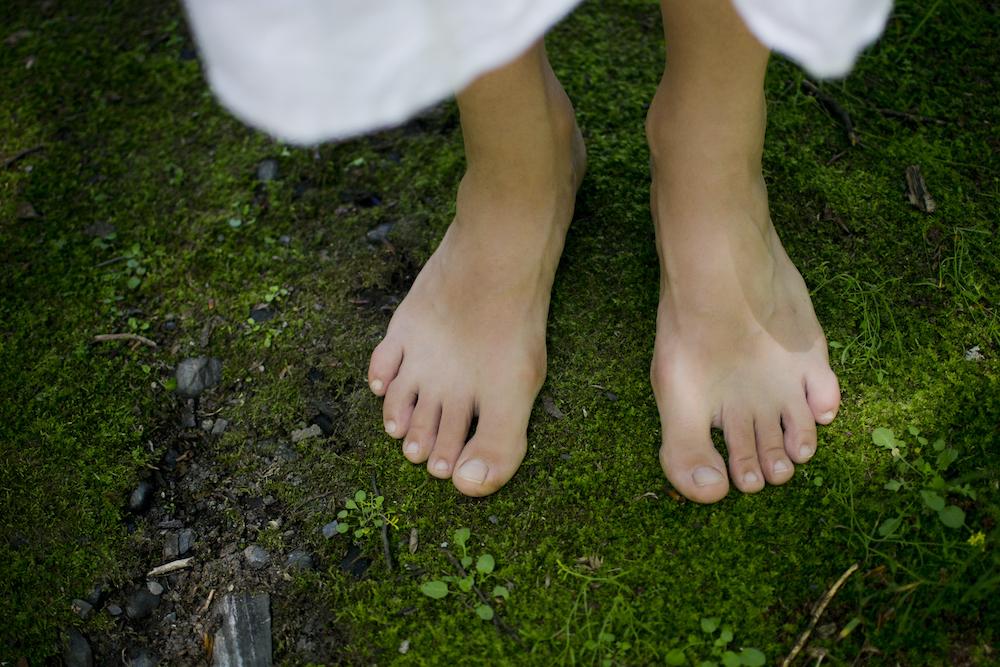Commentary
Grounding is a popular trend, lauded for its numerous health benefits. Sometimes referred to as earthing, grounding is the practice of connecting with the earth to reduce inflammation, pain, and free radicals by neutralizing the excess positive energy in the human body. Some skeptics say that grounding is a scam, a placebo effect, or some New Age fad. However, since the late 1990s, several scientific studies have proven that the health benefits of grounding are real and plentiful.





